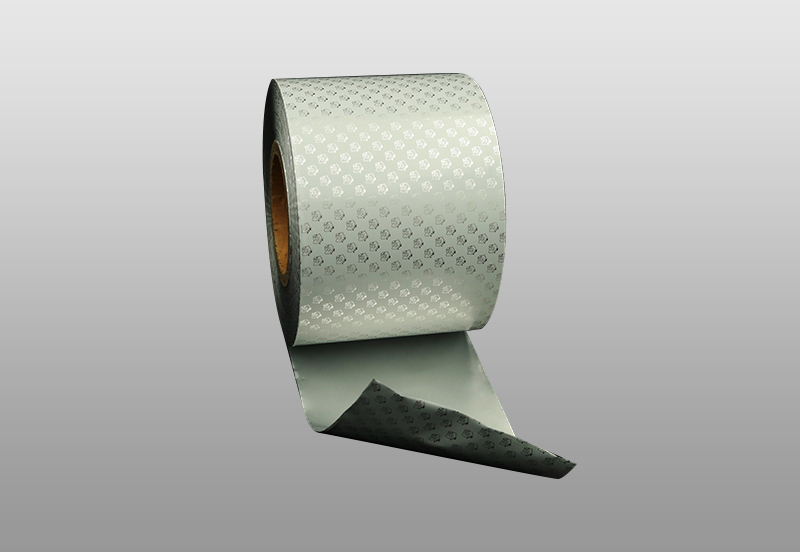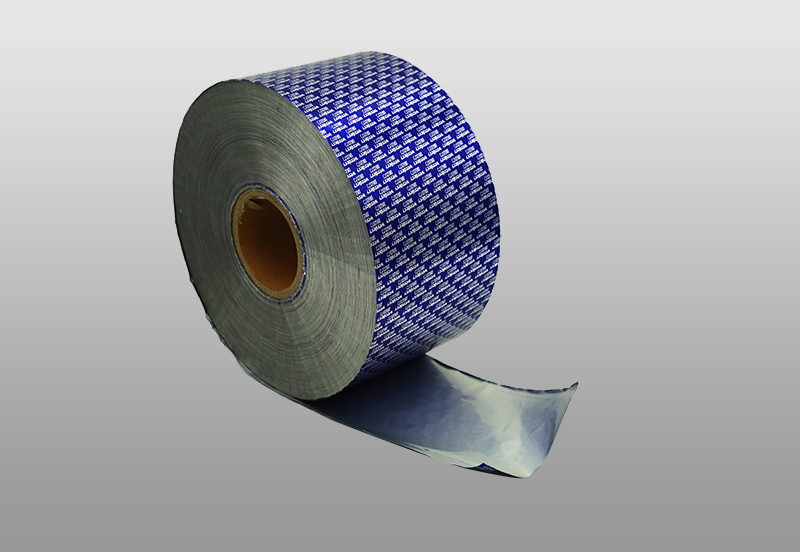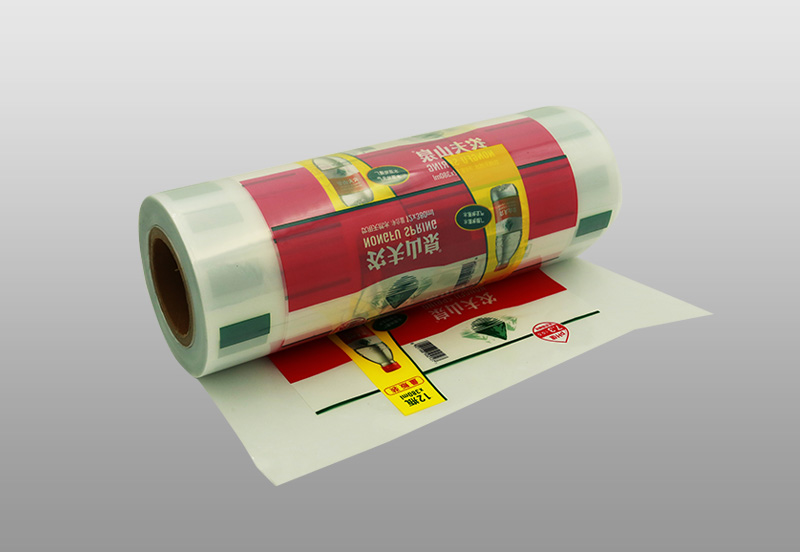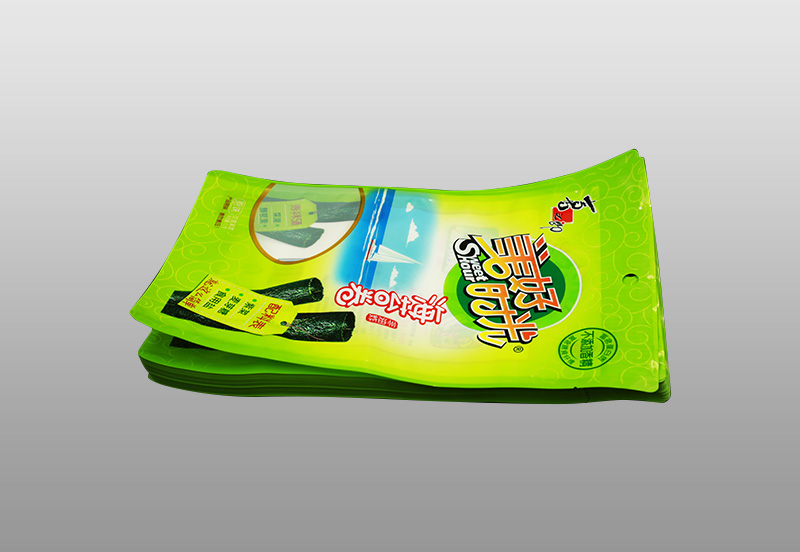1. Process classification
1) Wet coating inorganic adhesive composite soft package;
2) Extrusion film laminated composite package;
3) Multi-layer co-extrusion (through two or more extrusion heads) composite soft package;
4) Hot melt coating composite soft package;
5) Solvent-free (ie solid adhesive) composite soft package;
6) Physical vapor deposition composite soft package;
7) Mixed compound soft package;
8) The aforementioned methods are combined with composite soft bags, etc.
2. Material classification
1) Paper and plastic film;
2) Plastic film and plastic film;
3) Plastic film and metal foil;
4) Plastic film and metal film;
5) Plastic film and base material;
6) Plastic film and inorganic compound film;
7) Plastic film and organic compound film;
8) Amorphous plastic film and plastic film;
9) Composite of base material and nano ultrafine particles;
10) Special additives for substrate coating or dipping
11) Multi-layer composite of composite materials, etc.
3. Morphological classification
1) Large area (uniform) composite;
2) Partial compounding, such as compound strengthening or giving certain functions only at the sealing part or strengthening part of the package;
3) Composite sheet or composite bag, which gathers special functions in one place and exerts the overall function;
4) Gradual composite (or non-uniform composite), change the concentration, composition or thickness of the added material in the thickness direction (or length direction) of the composite film as needed;
5) Special compound, such as compound according to net pattern. Among them, the 3rd, 4th and 5th kinds are green technology.
4. Function classification
1) Enhanced composite packaging;
2) High barrier composite packaging (gas barrier, water barrier, oil barrier);
3) Anti-corrosion (anti-corrosion and anti-rust) composite packaging;
4) Anti-electromagnetic field (dry worry) composite packaging;
5) Antistatic composite packaging;
6) Bio-composite packaging (fruit heat, fish keep alive, insect proof, mildew proof);
7) Fresh-keeping composite packaging (for fruits, vegetables and meat products);
8) Composite packaging for cooking (such as cooking, microwave baking, etc.);
9) Intelligent composite packaging;
10) Ultra-micro and nano-composite packaging.
⒌ Classified by application: ordinary, boiled, steamed. Ordinary packaging refers to putting the contents into the packaging at room temperature; boiled packaging usually requires the packaging material to be boiled at 99 degrees for 30 minutes; steaming is divided into two different applications: 121 degrees and 135 degrees.
⒍ According to the printing method: surface printing, inner printing without compound, inner printing compound. Surface printing means that the ink is printed on the outer surface of the package; the inner printing means that the pattern is printed on the inside of the package, which may be in contact with the package; the inner printing compound means that the outer layer of the composite package adopts the inner printing.

 English
English Español
Español русский
русский 简体中文
简体中文






